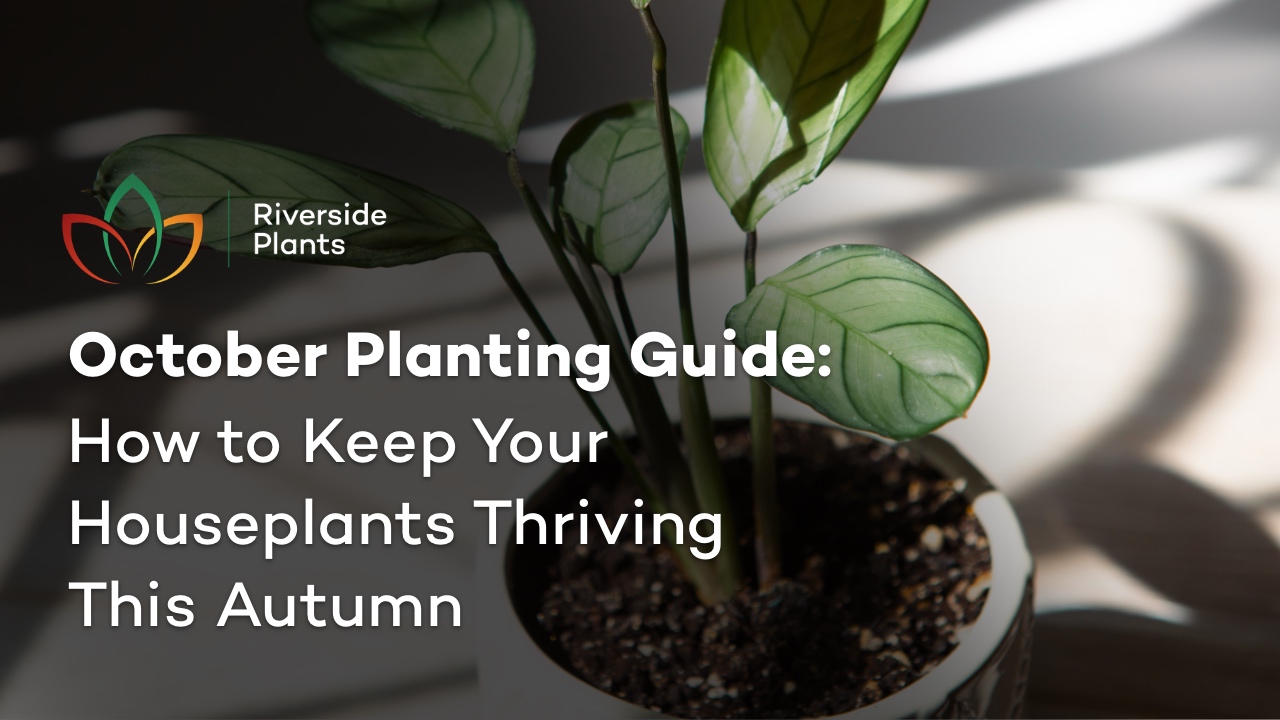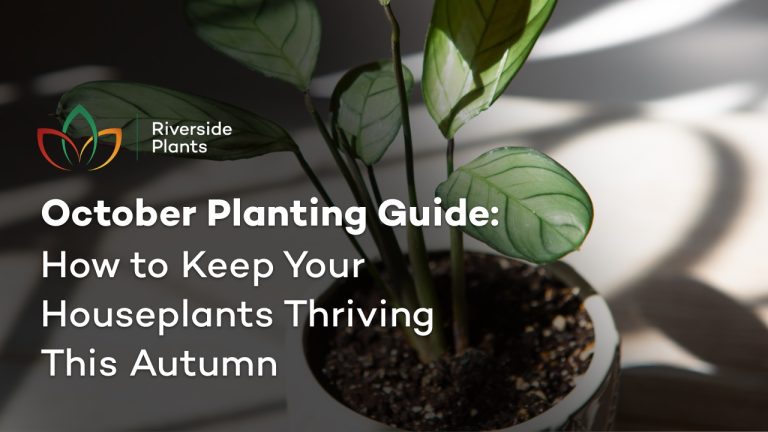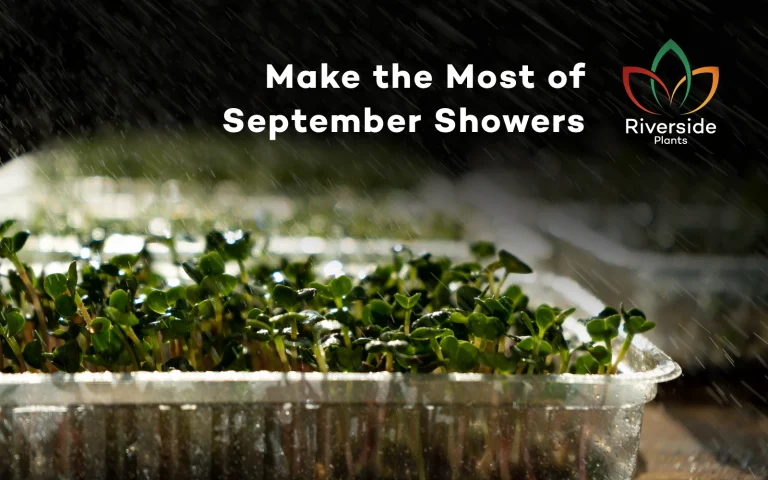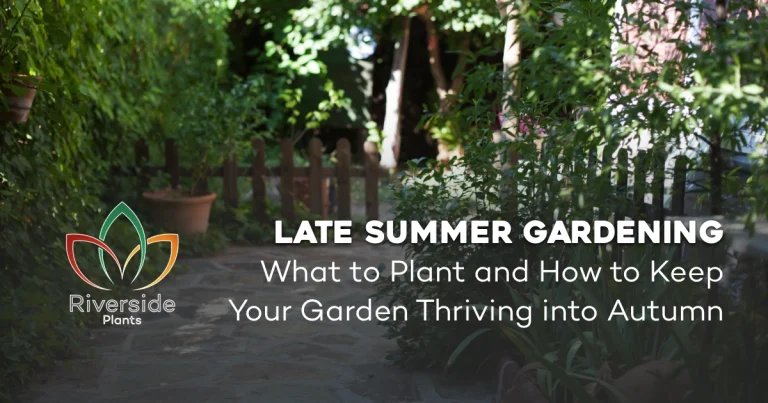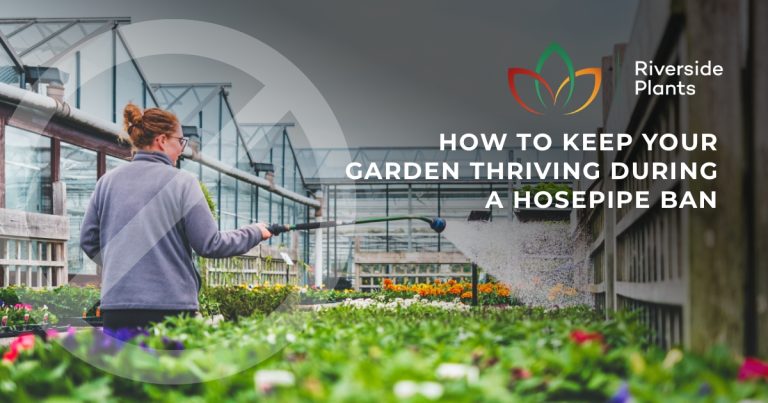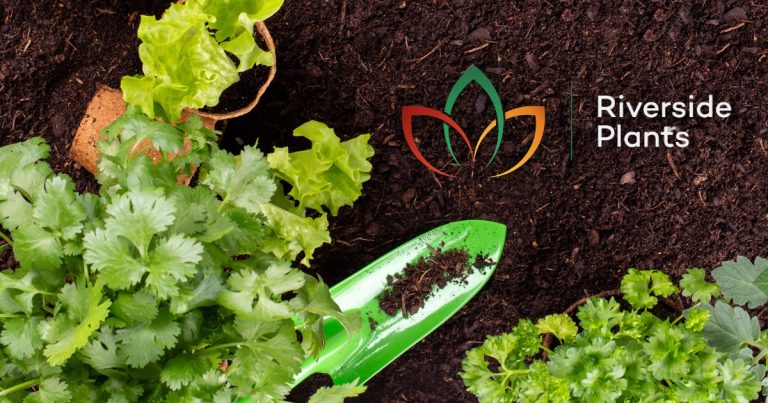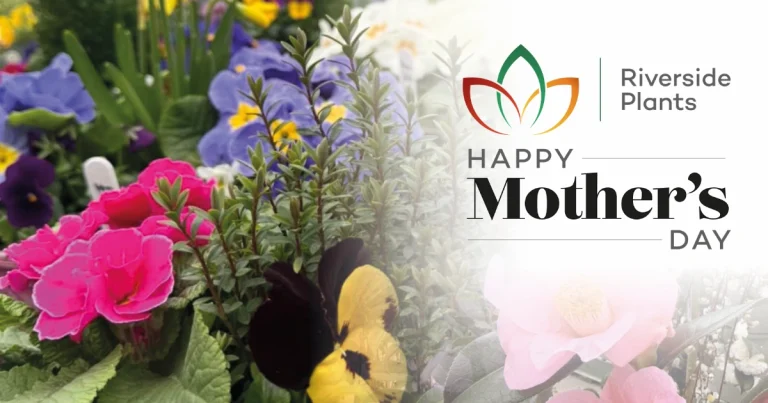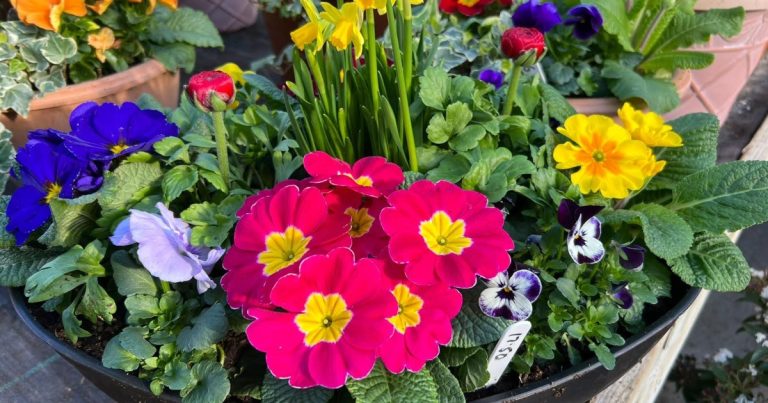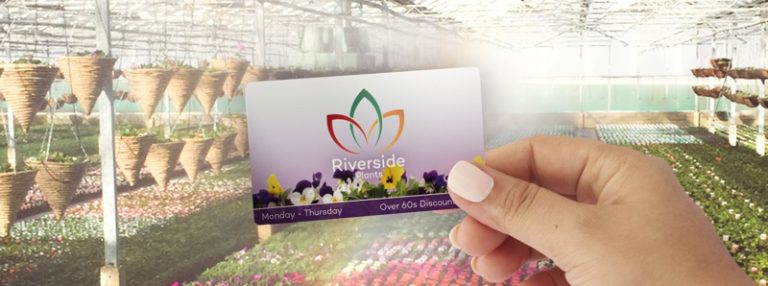As the crisp air of October rolls in and the daylight hours shorten, your houseplants begin to feel the seasonal shift just as you do. While autumn brings cosy evenings, warm drinks, and beautiful colours outdoors, it can also be a challenging transition for indoor greenery. Cooler temperatures, drier air, and reduced sunlight mean your plants need a little extra care to stay healthy through the season.
This is your ultimate October Planting Guide, filled with practical, eco-friendly tips to help your houseplants thrive all autumn long.
1. Adjust to the Change in Light
One of the biggest differences your plants will experience this season is less sunlight. Days are shorter, and the sun sits lower in the sky, meaning your usual bright spots may suddenly become shadier.
Try this:
-
Move plants closer to windows or sunnier spots – south- or west-facing windows are ideal.
-
Rotate pots weekly to ensure even growth.
-
Gently clean leaves with a damp cloth to remove dust and maximise light absorption.
-
If your space feels dim, consider using an LED grow light for a few hours each day.
Pro tip: Yellowing leaves or stretched stems are signs your plant isn’t getting enough light.
2. Water Wisely
When temperatures drop, so does your plant’s rate of growth and water absorption. Overwatering is one of the most common mistakes made during autumn.
Adjust your watering routine:
-
Always check the soil before watering – the top 2–3 cm should be dry.
-
Water less frequently, but deeply.
-
Empty saucers after watering to prevent root rot.
-
Group plants together to create a naturally humid microclimate.
Pro tip: Use room-temperature water – cold water can shock roots during cooler months.
3. Boost Humidity
As heating systems switch on, indoor air becomes drier – especially harmful for tropical plants like Monstera deliciosa, Calathea roseopicta and Epipremnum aureum (Pothos).
Simple humidity hacks:
-
Mist leaves lightly every few days.
-
Place a bowl of water near radiators or heaters.
-
Use a humidity tray: fill a shallow dish with pebbles and water, and place pots on top.
-
Consider a small humidifier for humidity-loving plants.
Pro tip: Grouping plants together helps them share moisture and maintain a stable microclimate.
4. Feed Gently – or Take a Break
Plants slow their growth during autumn and winter, meaning they don’t need as many nutrients as they do in spring or summer.
Feeding guidelines:
-
Reduce fertilising to once a month – or stop entirely until spring.
-
If your plant is actively producing new leaves, continue with a mild, diluted feed.
-
Avoid repotting unless absolutely necessary – wait for spring when growth resumes.
Pro tip: Organic plant foods are gentler during this slower season and keep soil life healthy.
5. Keep Temperatures Stable
Fluctuating indoor temperatures can stress your plants. They dislike cold draughts just as much as blasts of hot air from heaters.
To keep your plants comfortable:
-
Keep them away from radiators, fireplaces or draughty windows.
-
Maintain room temperature between 16°C and 24°C.
-
Avoid sudden moves from warm to cold rooms.
Pro tip: Tropical plants prefer warmth, but above all, they thrive with consistency.
6. Stay Vigilant for Pests
As plants spend more time indoors, pests such as spider mites, fungus gnats and aphids can become unwelcome guests. Cooler weather means fewer natural predators, so regular checks are essential.
Pest prevention checklist:
-
Inspect leaves (especially undersides) weekly.
-
Wipe with a soft, damp cloth or a neem oil solution.
-
Remove dead leaves and debris from the soil surface.
-
Quarantine new plants for a week before adding them to your collection.
Pro tip: A weekly “plant check-in” helps catch early signs of trouble before infestations spread.
7. Choose Autumn-Friendly Plants
Some plants handle seasonal changes better than others. If you’re expanding your collection, October is the perfect time to pick varieties that thrive in lower light and cooler temperatures.
8. Create a Cosy Autumn Plant Space
Autumn is all about warmth and comfort, and your plants can help set the mood. Add natural textures such as terracotta, jute or wood to your planters. Combine greenery with soft lighting, warm tones and layered textures for a calm, autumnal atmosphere.
Styling tip: Use trailing plants to soften corners and tall plants to frame windows or reading nooks.
Final Thoughts
October is a month of transition for nature, for you, and for your plants. A few small adjustments now can make a big difference in keeping your indoor garden vibrant throughout autumn and winter.
Whether you’re looking for the perfect autumn houseplant, eco-friendly soil mixes or seasonal care advice, Riverside Plants is here to help. Visit us in-store this month to explore our new autumn arrivals and get personalised care tips from our team.
Happy Autumn Gardening.

